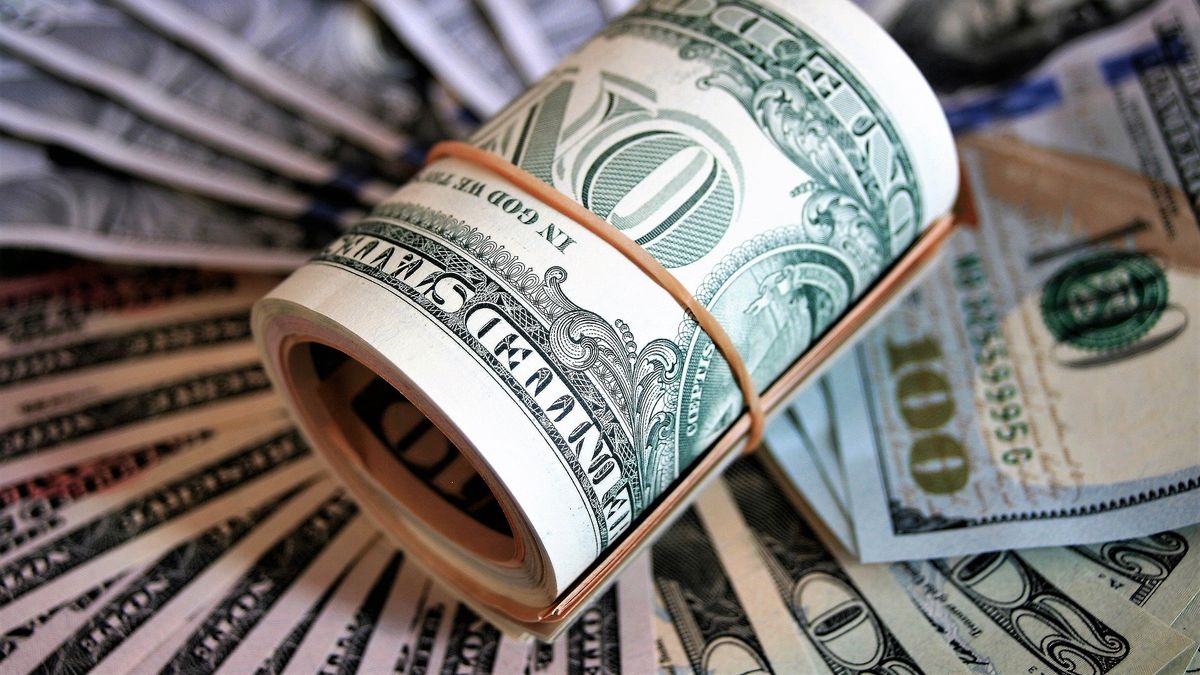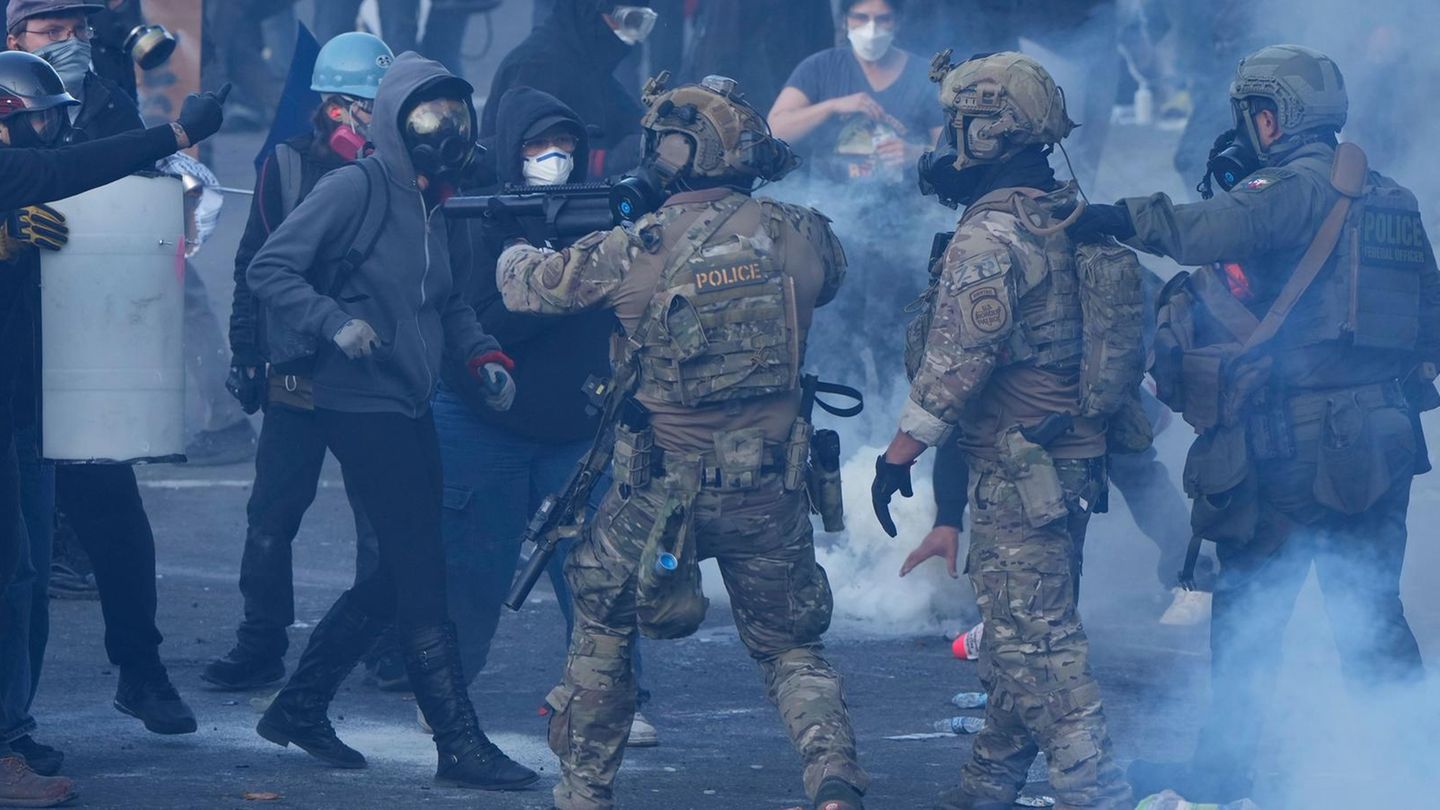Even so, the CCL accumulates a collapse of 18.1% since the beginning of the understanding with the International Monetary Fund (IMF) was announced at the end of January.
with more impetus, The MEP or Stock Exchange -also valued with the Global 2030 bond- rose 1.1% to end at $192.32for which the spread with the wholesale exchange rate, which regulates the Central Bank (BCRA), rose to 71.8%.
The MEP chained its fourth consecutive rise, although it is worth noting that the gap comes from touching its lowest value in more than nine months on Wednesday, due to the fact that the official devaluation rate validated by the BCRA exceeds the dynamics of exchange rates stock market
The foreign exchange outlook is calm at the moment, based on the change in the monetary authority’s strategy in the midst of the agreement with the IMF, and the expectation of greater foreign currency inflows in the second quarter due to the heavy harvest.
“Investors are betting on the rate in pesos. That is, they disarm their positions in dollars and switch to pesos, looking for a rate, to later repurchase those dollars. The famous ‘carry trade,'” added Gonzalo Gaviña of Portfolio Persona Investments.
It is worth noting that, despite the adjustments made by the entity led by Miguel Pesce, both the “crawling peg” and the rates in pesos continue to trail inflation. Within a week, INDEC will release March inflation, which the private sector estimated at close to 6%, which fuels inflationary expectations of around 60% for all of 2022.
In this context, operators speculate that the monetary entity will raise its reference rate by at least another 150 basis points in April to a minimum range of 46% annual nominal, according to a recent survey by the Reuters agency.
official dollar
In the official segment, the wholesale exchange rate rose 14 cents and closed at $111.97. In this way, so far this week it accumulates a rise of 85 cents, the highest weekly correction since the one that ended on January 8, 2021.
The BCRA added its third consecutive round with a favorable result in its intervention in the foreign exchange market, and so far this month it has been able to buy, in net terms, close to US$40 million.
For the second quarter, a higher amount of foreign currency income is expected due to the soybean and corn harvest, although the shortage of diesel oil and the escalation in its price could affect activity, a situation that led grain carriers, integrated in the Federation of Argentine Transporters (Fetra), to make the decision to carry out a national strike on April 11 for an indefinite period.
Meanwhile, given the difficulties in importing energy in the world due to the war between Russia and Ukraine, this Thursday the Bolivian government promised to respect the current contract regarding the supply of gas, which will allow it to receive 14 million cubic meters per day as in 2021, at a price close to US$18 per million BTU, much lower than what is currently achieved with the import of Liquefied Natural Gas (LNG).
For its part, The solidarity dollar -which includes 30% of the PAÍS tax and 35% deductible from profits- rose 52 cents and closed at $194.12 on average. Therefore, it was less than $2 from becoming the most expensive price in the market.
The blue dollar remained at $196, its lowest nominal value of the year, according to a field survey in the Black Market of Currencies. In this way, the gap is only 75%, the minimum since June 23, 2021.
Source: Ambito
David William is a talented author who has made a name for himself in the world of writing. He is a professional author who writes on a wide range of topics, from general interest to opinion news. David is currently working as a writer at 24 hours worlds where he brings his unique perspective and in-depth research to his articles, making them both informative and engaging.




